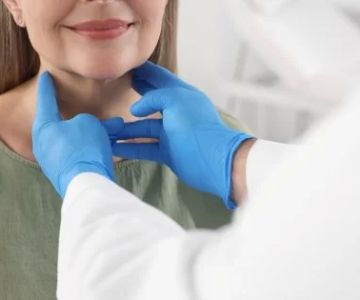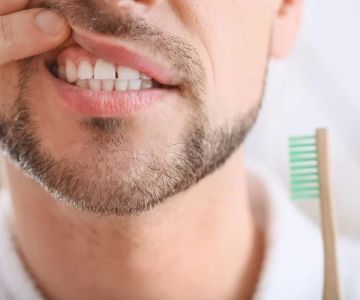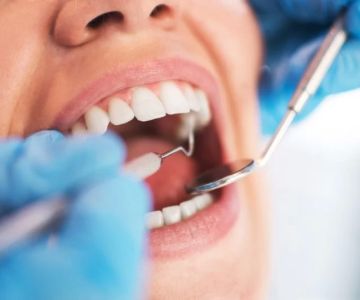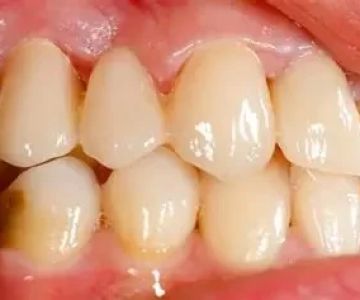Understanding Faecal-Oral Transmitted Diseases
Faecal-oral transmitted diseases are infections caused by pathogens that spread through the ingestion of contaminated fecal matter. This transmission route occurs when microscopic traces of feces enter the mouth, often due to poor hygiene, contaminated water, or food. These diseases affect millions worldwide and remain a significant public health concern, including in the United States.
The pathogens involved can include bacteria, viruses, and parasites, each capable of causing a range of illnesses from mild gastrointestinal upset to severe, life-threatening conditions. The faecal-oral route highlights the critical importance of sanitation and hygiene in disease prevention.
Common Causes and Pathogens Involved
1. Bacterial Causes
Common bacteria that transmit via the faecal-oral route include Escherichia coli (E. coli), Salmonella, and Shigella. These bacteria often contaminate water sources or improperly handled food, causing symptoms like diarrhea, abdominal pain, and fever.
One notable case involved a community outbreak traced to contaminated well water, emphasizing how infrastructure failures can accelerate bacterial faecal-oral disease spread.
2. Viral Causes
Viruses such as norovirus and hepatitis A are also transmitted through this route. Norovirus is infamous for causing outbreaks on cruise ships and in crowded places due to its highly contagious nature. Hepatitis A, a liver infection, spreads through ingestion of contaminated food or water and can cause serious illness.
3. Parasitic Causes
Parasites like Giardia lamblia and Cryptosporidium are responsible for faecal-oral infections, often linked to contaminated recreational water or poor hygiene. These parasites cause prolonged diarrhea and can be particularly harmful to children and immunocompromised individuals.
How Faecal-Oral Transmission Occurs
The faecal-oral transmission cycle involves several key steps. Contaminated fecal matter enters the environment, typically through inadequate sanitation. Pathogens then contaminate water supplies, food, or hands. When individuals consume this contaminated water or food or touch their mouths with unwashed hands, they become infected.
Children playing in contaminated areas, food handlers with poor hygiene, and communities lacking clean water are particularly vulnerable. Understanding these transmission dynamics is crucial for effective prevention.
Preventing Faecal-Oral Transmitted Diseases
1. Proper Hand Hygiene
Handwashing with soap and clean water remains the most effective way to break the faecal-oral transmission chain. Washing hands after using the restroom, before preparing or eating food, and after contact with animals is essential.
2. Safe Drinking Water and Food Handling
Ensuring access to clean drinking water through filtration or boiling reduces infection risk. Food should be cooked thoroughly, stored properly, and handled with clean utensils to prevent contamination.
3. Sanitation and Waste Management
Proper disposal of human waste and maintenance of sewage systems prevents environmental contamination. Community programs aimed at improving sanitation infrastructure significantly reduce faecal-oral disease incidence.
Recognizing Symptoms and When to Seek Help
Symptoms of faecal-oral transmitted diseases commonly include diarrhea, vomiting, stomach cramps, and fever. While some infections resolve on their own, others can lead to dehydration or severe complications, especially in vulnerable populations.
Seeking prompt medical attention when symptoms are severe or prolonged is vital. Diagnostic tests can identify specific pathogens, allowing targeted treatment such as antibiotics for bacterial infections or antiparasitic medications.
Real-Life Stories Highlighting the Impact
A family in a rural American town experienced a sudden outbreak of gastroenteritis traced back to contaminated well water. After increased community education on hygiene and upgrading their water supply system, the incidence dropped dramatically. This story demonstrates how knowledge and infrastructure improvements combat faecal-oral diseases effectively.
For more detailed information, professional advice, and services related to disease prevention and oral health, visit Dentistry Toothtruth, your trusted resource for health and hygiene.







 Dr. Marvin R. Winter, DDS5.0 (9 review)
Dr. Marvin R. Winter, DDS5.0 (9 review) Dentistry at Greenway4.0 (121 review)
Dentistry at Greenway4.0 (121 review) AAA Dental Centers3.0 (20 review)
AAA Dental Centers3.0 (20 review) Lafayette Family Dental care,LLC3.0 (55 review)
Lafayette Family Dental care,LLC3.0 (55 review) The Orthodontic Studio5.0 (72 review)
The Orthodontic Studio5.0 (72 review) Fair Oaks Orthodontics5.0 (29 review)
Fair Oaks Orthodontics5.0 (29 review) The Importance of Oral Health Education During Pregnancy for a Healthy Pregnancy
The Importance of Oral Health Education During Pregnancy for a Healthy Pregnancy Best Tips for Brushing Your Teeth Properly for Healthy Gums: Essential Techniques for Oral Health
Best Tips for Brushing Your Teeth Properly for Healthy Gums: Essential Techniques for Oral Health Why Skipping Dental Checkups Can Lead to Bigger Oral Health Problems
Why Skipping Dental Checkups Can Lead to Bigger Oral Health Problems Advantages of Porcelain Dental Restorations
Advantages of Porcelain Dental Restorations How Can Diabetes Cause Tooth and Gum Problems? Preventing and Managing Oral Health Issues
How Can Diabetes Cause Tooth and Gum Problems? Preventing and Managing Oral Health Issues Healthy Habits for Promoting Good Oral Health and Hygiene: Tips for a Healthy Smile
Healthy Habits for Promoting Good Oral Health and Hygiene: Tips for a Healthy Smile